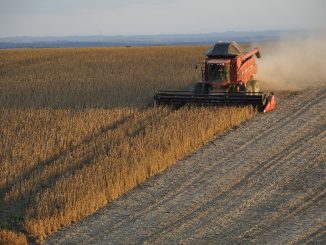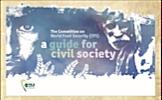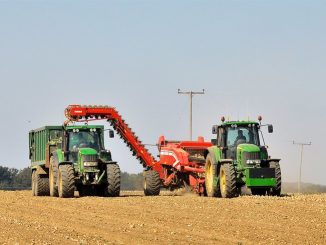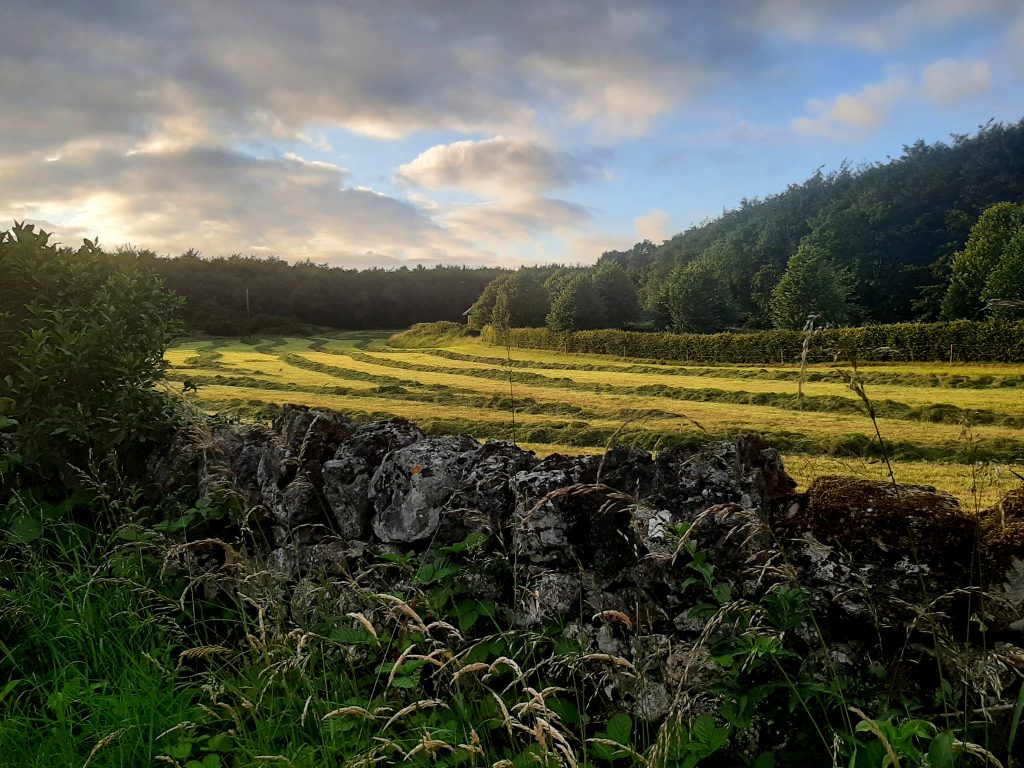
In these challenging times ‘food security’ has returned to the agenda in what was assumed to be the well-fed countries of the World. That includes in Ireland, even though it is ranked first in the Economist’s Global Food Security Index. To inform this debate ARC2020 will present an article series – an extended op-ed – from Stuart Meikle.
Author’s note: all the data is sourced from FAOSTAT with 2018 taken as year where all data sets were available. It is accepted that this is superficial, and the that the information needs further reinforcing through undertaking more detailed research, including from Ireland’s Central Statistics Office. The data in the paper is, nonetheless, indicative of the overall situation. This is not definitive as deeper research is needed to analyse multi-year trends and wider data sources. The aim is instead to indicate the direction of travel.
Ireland and Local Food Security
The archipelago of islands that lies off the north-west coast of Europe is home to approximately 72 million people. Of these some five million live in the Republic of Ireland [7%] and the remainder in the United Kingdom of Great Britain and Northern Ireland [93%]. Whereas once people and trade flowed easily across a political border internal to the European Union, nowadays only the people move easily courtesy of the Common Travel Area agreed between the archipelago’s two political governments.
The Republic does not have the industrial towns so common to the UK and to this day is both more rural and more agricultural. As such it has been a key supplier of food to its archipelago neighbour. That supply relationship has not always been mutually beneficial and was at its nadir during the Irish famine, a time that still shadows history in Ireland. A century later and Ireland, albeit neutral during world war two, was still shoring up the food supplies of its embattled neighbour.
Food Security – back on the agenda
Move the clock forwards 80 years and again the words ‘food security’ are to be heard. In the UK it is about food per se, in Ireland it is about the lack of diversity from home production and the reliance on imports for too many staples, including for instance the flour for its daily bread. Cheese, butter and beef aside, the flow of food goes east to west within the archipelago and for much of their fresh produce, both countries have relied on south-to-north, internal to the European Union, trade flows.
That food security has not been on the agenda is a post-World War Two agricultural policy success, albeit the externalised costs of the food abundance generated are only now becoming appreciated.
The twenty-twenties began with major shocks to the World’s energy supply systems and a collapse in demand was inevitably followed by supply adjustments. That supply would lag the return of demand was inevitable. Beyond a small circle, few would have identified the direct impact this would have on food production. It is reputed that 50% of world food supplies are reliant on artificial nitrogen fertiliser which, in turn, is dependent on natural gas for its production. We swiftly learnt of the relationship.
In early 2022, the European continent saw its biggest conflict since 1945. It is a conflict that has separated two major suppliers of nitrogen and potassium fertilisers from their buyers in western Europe. A position exacerbated by it also having a massive impact on east-to-west natural gas supplies. To use a well-worn phrase, for ‘conventional’ agriculture in western Europe this is the perfect storm.
Nitrogen Fertilizer = Food Security
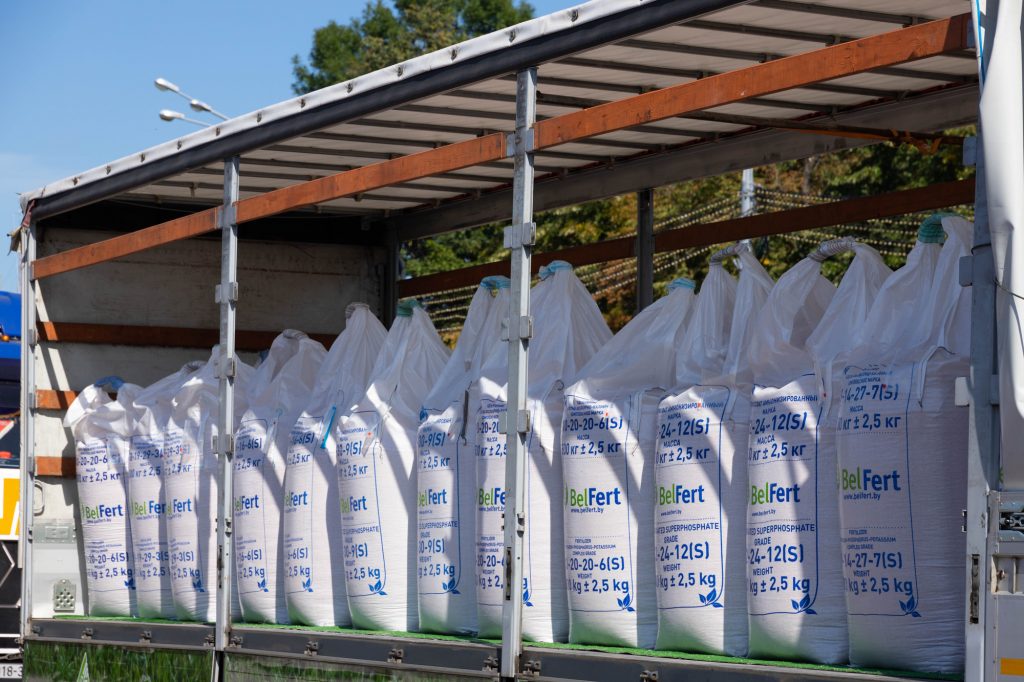
Rightfully, much is being made of the expected loss of grain and oilseed supplies to the countries of North Africa, the Middle East and Asia. However in Western Europe, the crisis is one relating to fertilizer, not food. Nonetheless, the nitrogen fertilizer market shock is palpable in western European farming circles. Farmers, unlike consumers, are all too aware of how the abundance created by modern agriculture is so dependent on man-made supplies of plant nutrients. It is they who are now the first to highlight ‘food security’ as a re-emerging issue.
If there are any, one of the few positives in the current situation is that food security is back on the agenda, possibly a decade or so ahead of time. There is a whole complex of issues around the use of nitrogen fertilizers that are fossil fuel dependent, polluting and emitting. As the Stockholm Resilience Centre highlights, it is with nitrogen use that we are exceeding our planetary boundaries furthest. For many reasons, our global populations reliance on using nitrogen fertilizer has to be addressed soonest.
This is no less the case for Ireland, a country that according to FAO statistics is around the 35th largest user of nitrogen fertiliser in the World. Given its population size, it is second only to New Zealand in nitrogen use per person. Such would not be an issue if the country was a large, sparsely populated producer of grains, but it is not. Ireland probably uses about 7/8th of is nitrogen for growing grass. It also imports all of its nitrogen fertilizer needs. Of its grass-based production of dairy, beef and lamb, it exports between 75% and 95%.
At present, then, Ireland imports nitrogen to grow grass to export food.
Nitrogen – the Primary Environmental Issue
The nitrogen-issues complex is a problem for Ireland in terms of both pollution and emissions. It is often argued, albeit using fairly dated research that Irish grass-based agriculture is highly efficient in terms of carbon emissions per kilo or litre. It may be the case, but such is only one issue and nitrogen is arguably the greater one. It is also where we are exceeding our Planetary Boundaries the furthest.
With GHG emissions, there is an argument for saying that production should be focused on the most efficient. It is after all a global phenomenon that transcends political borders. Nitrogen leakage does, however, impact local water and air quality [ditto phosphates]. Its emissions are also very long lasting.
On the positive side, the current price of nitrogen is encouraging farmers to rethink its use. First, clover was seen as an alternative nitrogen source to feed ryegrass but now more are looking at using a far wider plant species diversity to eliminate its use altogether. Such practices will be a game-changer for Ireland in terms of water and air pollution and its crucial nitrogen-related greenhouse gas emissions.
An important question to ask is, ‘to what degree can Ireland reach its emission targets by the removal of nitrogen fertilizer use in livestock production?’. It should be the question of our times here in Ireland.
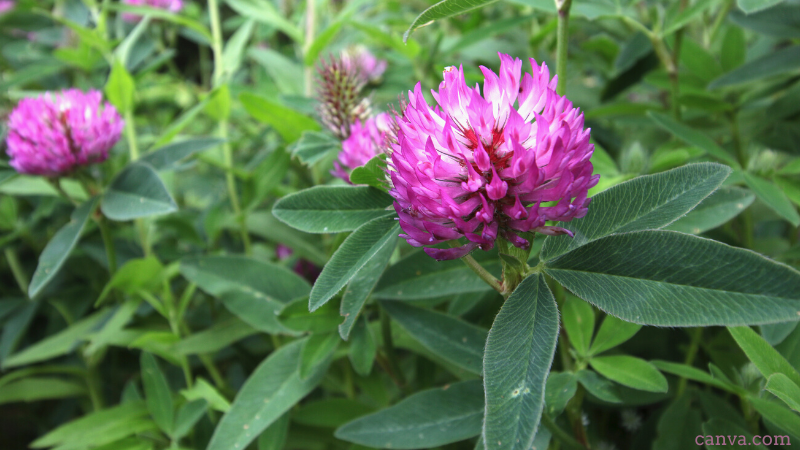
Nitrogen Fertilizer and Local Food Security
Nitrogen fertiliser is polluting and emitting, and its current cost is impacting farm incomes and viability. A decline in its use is inevitable. This will have little impact upon Ireland’s capacity to feed itself but may impact its ability to feed others. As will be seen later, that mainly means the citizens of the United Kingdom and northern Europe. Nitrogen limitations will end any Irish “we feed the world” claims.
My recent series in ARC2020, “Farming bounded by our Biological Boundaries”, explores the potential for changes to farming systems that are less reliant on external plant nutrient inputs. To a large degree, at their heart, will be pastoral farming. Such was at the heart of Irish farming. It will again be so, albeit it will have to gain resilience and productivity from using plant diversity rather than artificial nitrogen.
Hence, the food security question relating to Irish agriculture will be, ‘to what degree can Irish farming feed its near neighbours while bounded by biological boundaries?’. It will need significant but feasible system changes, but Ireland should remain an exporter of primarily pastoral-based food products.
More
More on agri-industry and trade
Nitrogen – Just Fix it! CAP’s Nature & Rotation Rules Under Threat
Food Security versus Sustainability in Europe during the war in Ukraine



